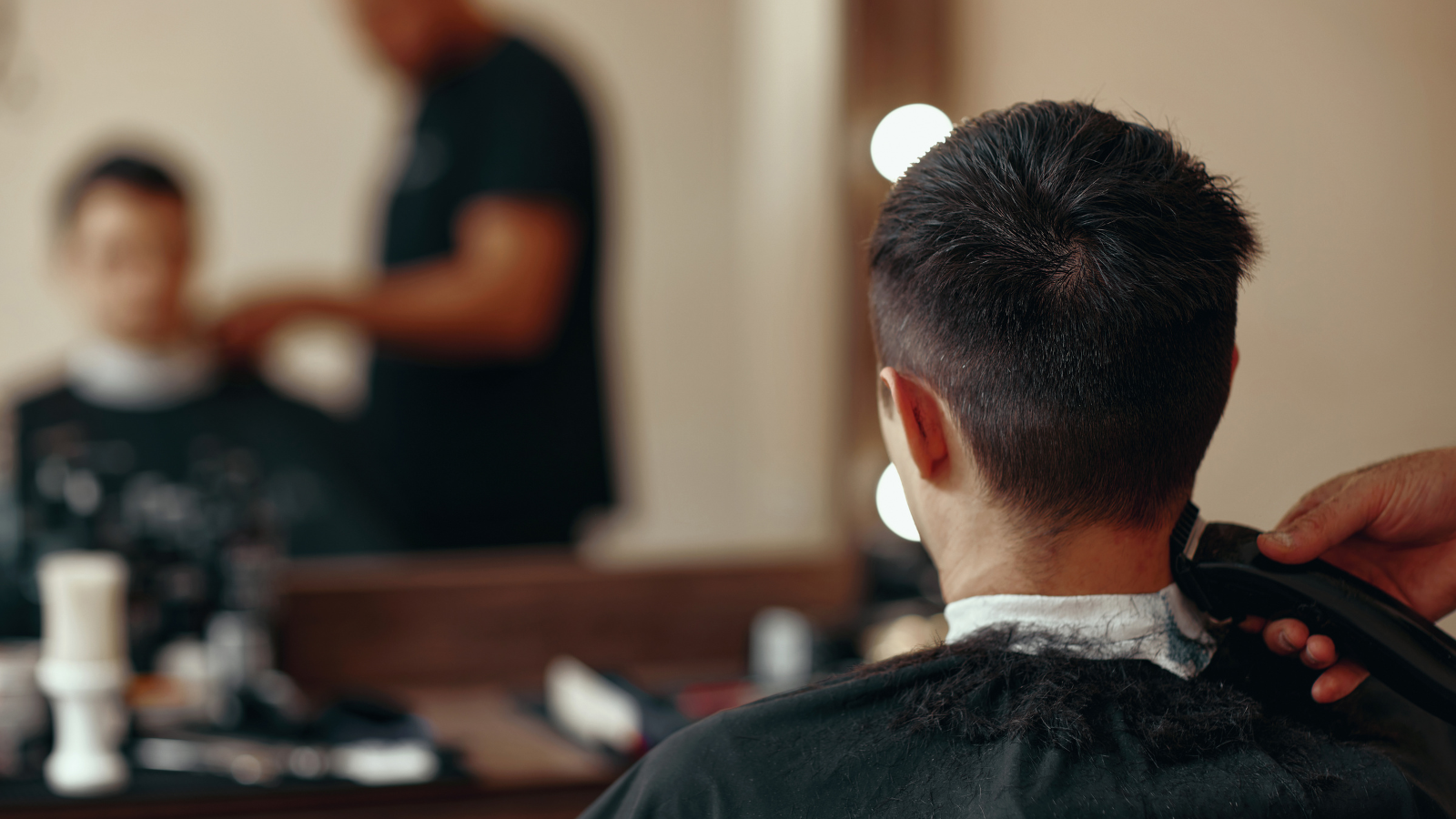Job satisfaction is key to men’s mental health

Work can be a key aspect of a man’s life, so when I was asked to talk about men’s work-related mental health to a Senior Research Analyst from the Service Desk Institute for International Men’s Day, I was very happy to do so (see the podcast here).
Is work a blessing or a curse?
It can be both. In general, men get a great deal out of having a job they enjoy. The key predictor of mental positivity in men is job satisfaction, according to survey of 2000 men in the UK and 5000 men in the US. The flip side of this is that men take unemployment and job stress badly.
Men and work-related stress
About a third of men say they always or frequently feel stressed because of their work, according to a large survey of men in the UK, US, Australia and Canada. Around half of men surveyed felt they couldn’t take time off work if stressed, and worried about what colleagues would say about them if they did. About a third worried that discussing their mental health could have a negative impact on their career.
Therapy for work-related stress
Although many companies have Employee Assistance Programmes (EAPs), there is a question over whether the help available to men is adequate. Recent research has highlighted that men and women may have different preferences for aspects of therapy, for example, in general men are less inclined than women to want to discuss their feelings as a method of dealing with stress.
A large study in the UK found that both male and female employees showed significant benefits immediately following brief counselling. However, although at 6-month follow-up the women had maintained their gains, the male participants had fallen back to baseline levels of mental health. Usually studies of psychological therapies don’t take the client’s gender into account, and many don’t do follow-up assessments, so this rare study demonstrates the importance of making sure that the treatments available to male employees are male-friendly.
Men and help-seeking
It is often assumed that men don’t seek help because they see it as a sign of weakness. This might be part of the problem, but recent evidence suggests that there are other, more practical reasons. For example, some men find that the help on offer doesn’t appeal to them for various reasons e.g. the emphasis on talking about feelings, and in general male-friendly options aren’t available. It makes sense that men are less likely to seek therapy if they expect that they won’t be listened to, or won’t find empathy if they admit they use sex or pornography as a way of dealing with stress. In some cases men don’t seek help because they fear they will be blamed for their problem,
So how should men deal with stress?
This question isn’t often asked, partly because it has become somewhat indelicate in the social sciences to talk about sex differences (due probably to the popularity of the ‘gender similarities hypothesis’), and partly because we are inclined to overlook problems when they impact men compared to women (‘male gender blindness’).
If the stress is related to work, practical solutions should be assessed first e.g. a change in work practice, such as reduction in hours. Everyday ways of unwinding should be considered too e.g. exercise. Presuming these avenues have been explored already and the stress remains a problem for the man, then a male-friendly intervention should be considered.
The Handbook of Male Psychology & Mental Health describes male-friendly ways of dealing with a range of issues, and the final chapter of the book summaries how to make any therapy more male-friendly. To this end, three key points to consider are:
Firstly that it’s important to empathise with men. For example, don’t presume that a man’s problem is caused by masculinity in some way; listen instead to the man as a person who has views and feelings that make sense of his experience.
Secondly, respect the fact that a male client might be more interested in taking practical steps to fixing the problem rather than talking about his feelings. Be open to offering solution-focused therapy rather than emotion focused therapy.
Thirdly, respect the fact that men might use language and communicate differently to the average female client. For example, if a client uses ‘banter’, it’s important that the therapist doesn’t dismiss the male client as someone who isn’t serious about therapy.
These are just three simple pointers in the direction of creating a male-friendly therapy, but ones that can make a difference to a man who is finding his work a burden rather than a blessing, and needs your help to improve his life.
This article was first published on the Male Psychology Network website in 2019
Scroll down to join the discussion
Disclaimer: This article is for information purposes only and is not a substitute for therapy, legal advice, or other professional opinion. Never disregard such advice because of this article or anything else you have read from the Centre for Male Psychology. The views expressed here do not necessarily reflect those of, or are endorsed by, The Centre for Male Psychology, and we cannot be held responsible for these views. Read our full disclaimer here.
Like our articles?
Click here to subscribe to our FREE newsletter and be first
to hear about news, events, and publications.

Have you got something to say?
Check our our submissions page to find out how to write for us.
.
Dr John Barry is a chartered psychologist, researcher, clinical hypnotherapist and co-founder of the Male Psychology Network, BPS Male Psychology Section, and The Centre for Male Psychology (CMP). Also co-editor of the Palgrave Handbook of Male Psychology & Mental Health, co-author of the textbook Perspectives in Male Psychology: An Introduction (Wiley), and presenter on Centre for Male Psychology training courses.













































